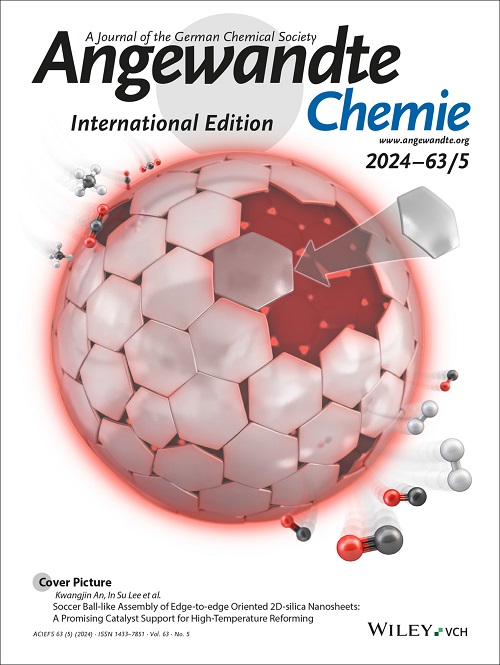From sequence definition to structure-property relationships in discrete synthetic macromolecules: insights from molecular modeling
IF 16.1
1区 化学
Q1 CHEMISTRY, MULTIDISCIPLINARY
引用次数: 0
Abstract
Inspired by the exquisite properties emerging from the sequence order in nucleic acids and proteins, researchers are increasingly considering synthetic sequence-defined macromolecules (SDMs) to reach precise functions, e.g. for catalysis, data storage, energy, and health. While researchers develop iterative techniques permitting the synthesis of perfectly defined sequences, there is still an important gap to achieve the desired properties leading to their utilization as materials. This arises from the fact that the effect of the sequence order on the 3D structure is unknown for most synthetic SDMs. While the Protein Data Bank gathers hundreds of thousands of elucidated 3D structures, and many more computed (using e.g. AlphaFold), extended information on sequence-structure relationships do not exist yet for synthetic SDMs. To tackle this problem for relatively flexible macromolecules, one can nowadays utilize the existing tools of molecular modeling. In this Review, we report advanced practices to reveal the 3D structures and the interactions, through the combination of molecular dynamics simulations and network analysis applied to different SDMs. By combining the computational results to the experimental ones, we show the potential of this approach for understanding sequence-structure-property relationships in discrete macromolecular systems, towards guiding their rational design for specific functions.求助全文
约1分钟内获得全文
求助全文
来源期刊
CiteScore
26.60
自引率
6.60%
发文量
3549
审稿时长
1.5 months
期刊介绍:
Angewandte Chemie, a journal of the German Chemical Society (GDCh), maintains a leading position among scholarly journals in general chemistry with an impressive Impact Factor of 16.6 (2022 Journal Citation Reports, Clarivate, 2023). Published weekly in a reader-friendly format, it features new articles almost every day. Established in 1887, Angewandte Chemie is a prominent chemistry journal, offering a dynamic blend of Review-type articles, Highlights, Communications, and Research Articles on a weekly basis, making it unique in the field.

 求助内容:
求助内容: 应助结果提醒方式:
应助结果提醒方式:


